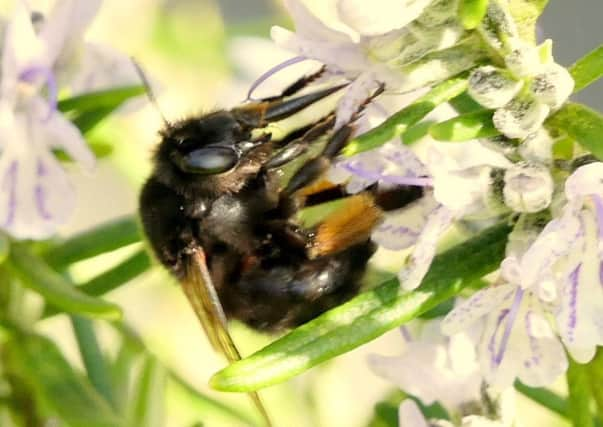Mystery of '˜hairy-footed' bees


But experts have revealed that the strange flying insects are ‘hairy-footed flower bees’ which have recently emerged from hibernation. They can now be seen in many gardens in Sussex searching for nectar from spring flowers.
According to naturalist Peter Lovett, from Cuckfield, the bees - Anthophora plumipes - are common in Sussex but often go unrecognised.
Advertisement
Hide AdAdvertisement
Hide Ad“They have these amazing hairy feet,” said Peter, “but they are not always visible to the naked eye.”
The black furry females resemble small bumblebees with long orange or yellow hairs on their hind legs. “These hairs differentiate them from bumblebees,” says Peter.
Meanwhile, the males are rusty brown and have long hairs on their legs and feet. They feed on nectar from flowers using their long tongues.
And, as with all bees, the hairy-footed variety are under threat.
Advertisement
Hide AdAdvertisement
Hide Ad“Domestic gardens are a vital resource for bees so long as they are not sprayed with chemicals,” said Peter, 71, a biologist who worked around the world in scientific instrumentation before retiring.
The hairy-footed flower bee does not live in a colony but will nest in soft mortar in walls or occasionally in soil.
The adults grow up to 13–15 millimetres long and feed and collect pollen and nectar on many early flowering plants, such as primulas, rosemary, lungwort, comfrey and deadnettle.
Peter Lovett gives a number of talks on natural history, including talks on hairy footed bees. See http://www.peterlovetttalks.co.uk/aboutus.html or telephone 01444 415367.